La Tete Contre Les Murs (Head Against The Wall)
Eureka, as part of their 'Masters of Cinema' series are proud to announce the DVD release of Georges Franju's La Tete Contre Les Murs (Head Against the Wall). The majority of people reading this review will know Franju as the director of the visceral Les Yeux Sans Visage (Eyes without a Face), the clinical story of a doctor who uses a scalpel to remove the faces of young women so he can replace his daughter's disfigured features. His first feature, Head Against the Wall, cemented Franju's distinctive abilities as a director and laid the foundations for his unnerving visual design.
François lacks direction. He rides his motorbike. Goes to parties. Drinks. Spends time with women. He's a rebel that needs to be tamed. Desperate to find money, so he can pay off a local gangster, François breaks into his father's mansion, steals money and burns important documents. Finding François in his home in the middle of the night, his father calls the police.
François then wakes up in a mental institution. He tries to affirm his sanity with the head honcho Dr. Varmont, but with his rebellious streak, Varmont believes François to be unbalanced. François tries to escape this secure unit but to no avail. When his girlfriend Stéphanie visits, he longs to feel liberation from this unjust detention. Can he escape this madness with his sanity in tact? Along with another inmate Heurtevent, they hatch a plan for freedom…
When watching Head Against the Wall you can't help but to compare it to other films in the psychiatric care cannon. Films like Samuel Fuller's Shock Corridor (1963), One Flew over the Cuckoo's Nest (1975) and to some extent Girl Interrupted (1999) and House of Fools (2002). How does this movie fair? It's a detached and somewhat diluted examination of 1950s psychiatric care (not on par with the first two movies mentioned above). Nevertheless, it does pack an impressive punch that knocks you off your chair. It's just a shame that the men in white overalls don't come through your door with a syringe and a straightjacket. The visual style, in all its black and white glory, does help to unsettle the audience. Colour would have integrated the audience into this world, displaying the beauty of the countryside against the cold interior of the hospital. However, we are a detached observer; Franju never really incorporates the audience in the action, like his camera, we hide behind walls and prison-like bars. In this respect, it's more like a documentary. With films like Corridor and Nest, we feel pain and anguish but with Head, we do not feel the comfort of such horrors.
For the first 17-mintues, we are presented with scenes outside the institution as François attempts to find money to pay off a crime boss. All this back-story amounts to an aimless composite of sequences that build towards the conflict. There's no inherent style here in Franju's direction, its all background fodder. Start the film by throwing this guy in prison and make us question his sanity and allow us to be in the same situation. Why are we here? What have we done? Are we mad? How can we escape? Franju would have faired better if he had just thrown us into this cyclone - we could relate more to François. In Eyes Without a Face, by far the better picture, Franju doesn't allow us to see the inevitable 'car crash' sequence or anything else for that matter. This film would have faired much better if it followed the same distilling mood. Keep the back-story in the shadows and inject the narrative straight into our bloodstream.
It's interesting that Franju doesn't write his own material. Head Against the Wall is based on original work and was adapted by a screenwriter. That's the reason why Franju has a distinctive visual style but you feel removed from the story. However, when François does arrive at the institution we are somewhat fearful as he shuffles around the cold marble floors with apathy. It's a harrowing depiction of psychiatric care with clinical open spaces, locked doors and a sea of hospital beds. The condition of being surrounded by metal illness rips into François' sanity, as all he wants to do is escape this madness. When Stéphanie comes to visit she observes, 'worst thing must be the lack of privacy', François replies, 'no, it's the contagiousness'. This is also expressed through Heurtevent as he observes that living in the hospital is like 'a living hell'. The best scene that expresses this is when they all sit around a table to eat dinner; it's a terrifying scene straight out of a horror movie.
Like Franju's Eyes, this movie adopts the sensibilities of the horror genre without fully emerging into the conventions; it explores the same themes, same visual language but contains a remote detachment that never lets us feel the raw emotions of the character. It's more scientific, more detached, like watching a butcher rip open the carcass of a sheep. This is what makes the environment of Franju much more distressing. He's a detached observer. A cinematic butcher who rips open a film with clinical precision.
Despite the poor story, the performances make this movie special. Jean-Pierre Mocky who plays François oozes with personality, with his leather jacket and jet-black hair he echoes the 1950s sensibilities of James Dean (Rebel without a Cause) and Marlon Brando (The Wild One). His love interest Stephanie (played by Anouk Aimée) is a siren of a woman that relates the anguish of having her lover locked in an institution. Heurtevent, played by the excellent Charles Aznavour, is brilliant as the inmate who wishes to live near the ocean. Franju collaborator Pierre Brasseur who plays Dr. Varmont is by far the best thing about this movie, Brasseur allows us insight into the character who's old world values come into conflict with Dr. Emery's new-age outlook. Varmont believes that mental illness is a disease that cannot be cured, all you need to do is lock them up from society and throw away the key. It's a shame that Dr. Emery, who believes in reform and freedom, isn't given a bigger part to allow this conflict of interest to flower. However, the film does challenge traditional values of care and attempts to open the door into a more humane way of addressing the problem of mental illness. Watching a movie about mental health directed 50 years ago makes you realise how times have changed. But we can't help but to feel some things remain the same…
Verdict: Not one of the greatest films about mental illness but there is something special about Franju's cold detachment.
Disk: Head Against the Wall is somewhat disappointing when compared to the Criterion edition of Eyes without a Face. The best thing about this is the newly translated subtitles; they fit the dialogue like a glove. The 'special features' here are really poor, the interview with Jean-Pierre Mocky (who wrote the script and played François) is a pointless exercise of irrelevant egotism while the interview with Charles Aznavour (who plays Heurtevent) verges on the edge of curiosity.

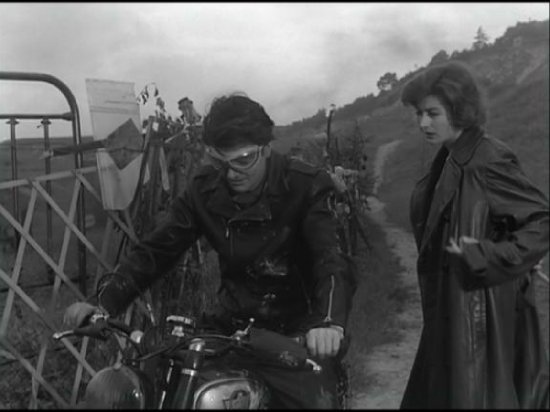
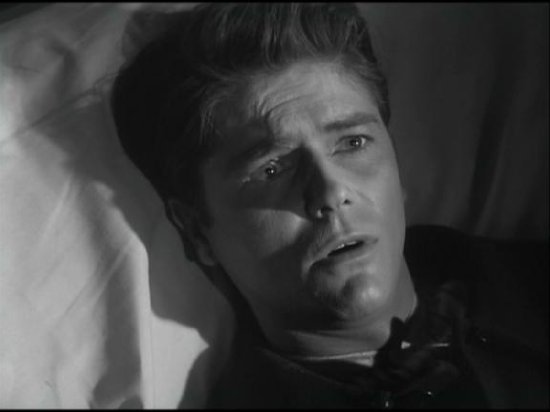
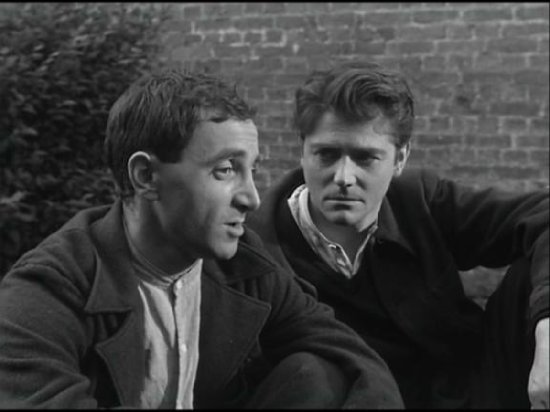
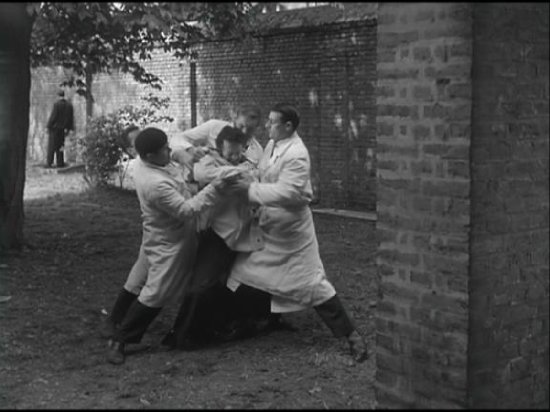
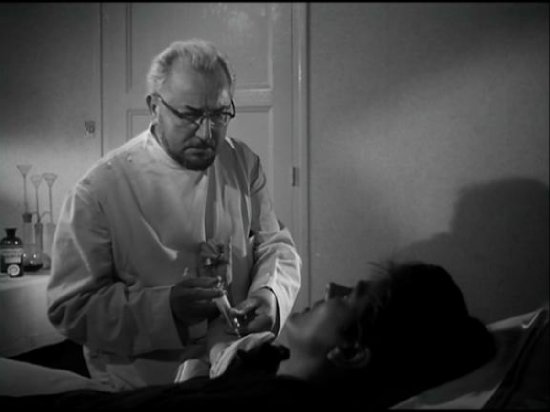
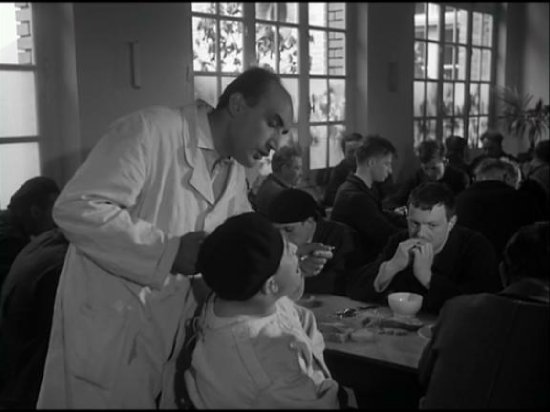
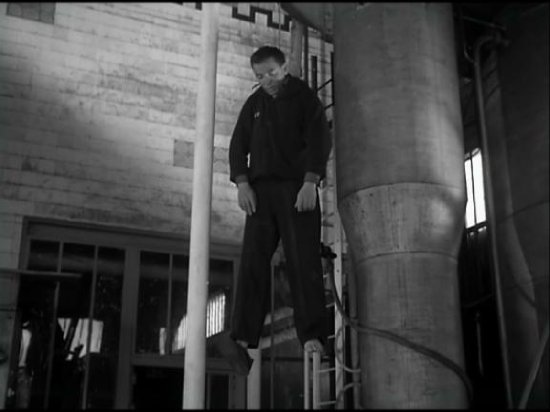
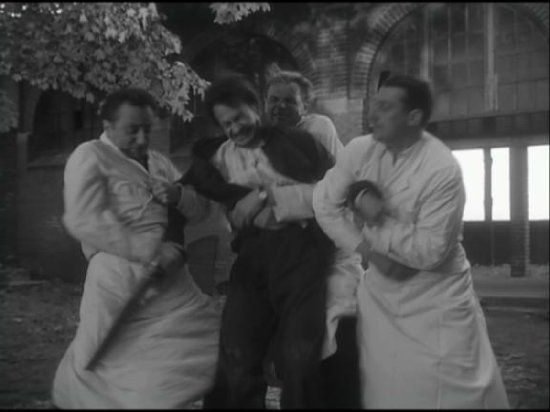
Your Opinions and Comments
Be the first to post a comment!